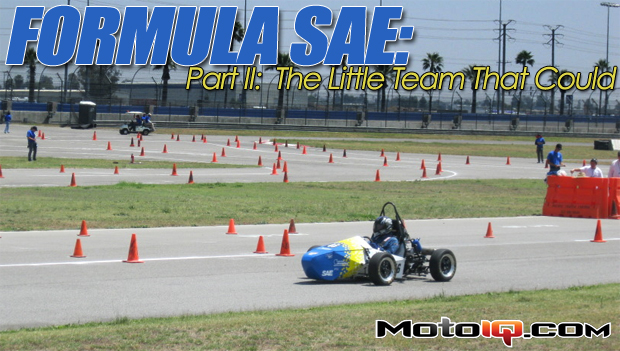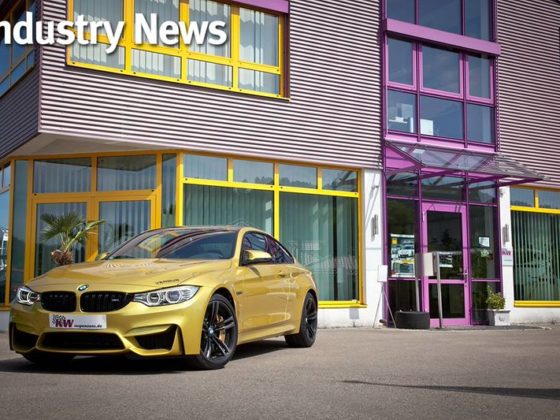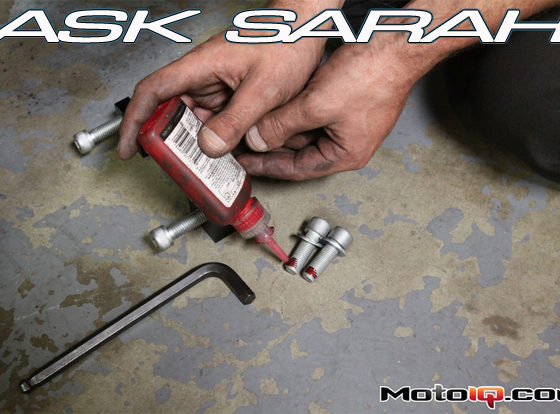,
The case is designed to be self-sealed so it can sit freely in the car. It is also lighter than the stock Honda case which is steel and needs to be housed in a pumpkin. The case itself is cut from a solid piece of round stock on a CNC mill and lathe. The case alone has had nearly 24 hours of machining time put into it. The case is held to the chassis by custom built aluminum uprights with adjustable arms to adjust chain tension. Axles are custom built to UD’s specs, as are the hubs. Modified ATV axles were tried at first but they did not work, so custom axles were ordered instead. The bolt pattern is a standard 4x100mm.
 |
The custom diff uses Honda quad internals. These are installed into a custom built case which mounts with a fabricated subframe. Note how the arms are designed to be light but strong. Previous UD cars used a VW/Porsche Torsen diff in a custom case. The new Honda diff should be strong enough, while weighing half as much as the old car diff. The axles seen here are modified ATV axles which have been pressed and welded together. The modified axles eventually failed, so custom axles were ordered and installed in their place. |
The last part of the car to cover is the body. Because the bodywork is strictly for cover and not designed for structure (in the Delaware car), any material can be used. Instead of using carbon fiber, the team opted for aircraft skin to cover the car. Aircraft skin is flexible and easy to use. Simply cut it to shape, cover it in resin, and use a heat gun to shrink to fit. No molds, no templates, and very little mess. Best of all, this bodywork is lightweight and easy to repair.
 |
The bodywork is very light, albeit a bit delicate. However the skin was a great success and will be used for future cars. Also note where the electronics have ended up. They are now mounted to a bulkhead above the driver’s legs. This allows easy access and keeps them cool and dry. Also check out the black rims with chrome lip. This is an understated car, much less flashy than the 2008 car shown previously. |
The nosecone is made of fiberglass and is cast around a mold. It bolts to the front bulkhead for easy installation and covers a foam crush structure.
 |
The fiberglass nosecone and mandated crush structure. The crush structure is made of foam. Both parts bolt to the front bulkhead. |
 |
This piece covers the nose of the car (we call it the bonnet). It is made of the same aircraft skin as the rest of the body, but uses a lightweight aluminum frame to give it rigidity. It is attached using Velcro, which is very secure and easy to install. A pair of tabs locate the bonnet on the frame tubes. |



